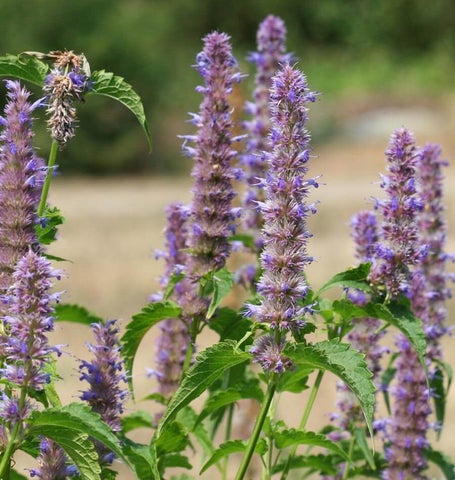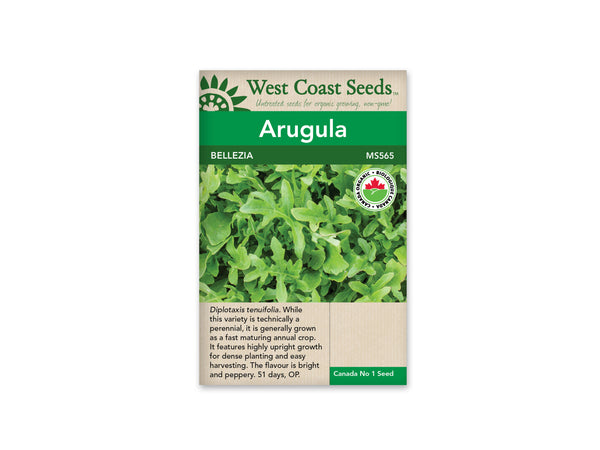Canadian Orders: Flat-Rate Shipping on Orders over $75 | Orders Over $150 Ship Free!
-
Shop
- New Arrivals
- Gardening
- Seeds
- Children + Baby
- Bath + Skin Care
- Baby Toys
- Books
- Puzzles + Games
- Loose Parts + Creative Play
- The Little Naturalist
- Play Chef
- Slings
- Apothecary
- Kids Lunches
- Accessories
- Sustainable Living
- Brushes / Brooms
- Food Storage
- Outdoors
- Coffee, Tea, Chocolate + Honey
- Coffee + Tea Accessories
- Water bottles + Travel Mugs
- Cookbooks
- Dishwashing
- Laundry
- Cleaners
- Accessories
- On The Go Essentials
- Self Care
- Face Care
- Body Care
- Hair Care
- Cosmetics
- Deodorant
- Toothpaste + Oral Care
- Sun Care
- Accessories
- Zero Waste Bathroom
- Soap
- Essential Oils
- For Men
- Books
- Apothecary + Natural Supplements
- Pet Care
- Shop Local
- Bulk
- In Store Pick Up
- Home Improvement
- Paint & Stain
- Discover
- Bulk Bar
Spinach — Renegade Organic
$3.89
Renegade Organic spinach seeds are CERTIFIED ORGANIC! Renegade spinach is a bolt resistant hybrid with smooth, oval, dark green leaves on short stems. It has the same fine taste as Corvair, but grows slower, making it a good all-season option. And Renegade Organic's excellent resistance to downy mildew makes it your best choice for high tunnel production during winter. Bred and produced in Washington State, this variety will stand up to the dampest, coolest conditions, and last well into late spring without bolting. It stood out for us at the local seed trials, and has excellent flavour. Winner of the RHS Award of Garden Merit.
These seeds are coated with an inert, organically certified layer which helps to minimize clumping in storage and seed sowing machines. The coating is approved by organic certifiers in Canada, the US, EU, and Japan.
Matures in 43 days. (Hybrid seeds)
Quick Facts:
- Has the same fine taste as Corviar
- Smooth, oval, dark green leaves
- Excellent resistance to downy mildew
- Hybrid seeds
- Matures in 43 days
Size: 5g (approx. 315 seeds)
How To Grow: The trick to growing spinach is to grow it fast and harvest it fast, and use the right varieties in the right season. Spinach bolts as the days get long and when the soil gets hot. That’s why spinach is usually grown in early spring and fall, in low temperatures and short days. Some varieties do a little better in long day, hot conditions. Pick them promptly in hot weather. Continue reading below for tips on how to grow spinach from seed.
Difficulty
Easy
Season: Cool season
Exposure: Full sun to partial shade
Timing
Spinach does best in cool weather. Direct sow in the period four weeks before, and three weeks after the last frost date. Spinach will bolt once days get long and hot. Some varieties grow enough to harvest before they bolt. For continuous supply, plant every 3 weeks.
Sow again in the middle two weeks of August for a fall crop that, if cut at the soil level, will come back early the following spring where winters are mild. Shade summer-sown seed beds, keep very well watered, and sow more seeds than you need, as warm soil will reduce germination rates marginally. Thin seedlings, and use cloche protection as cold weather approaches. Late sowings like this can be harvested into December – in mild winters if cloche protection is provided.
Optimal soil temperature: 5-20°C (45-70°F). Seeds should sprout in 7-14 days.
Starting
Sow seeds 1cm (1/2″) deep, 10 seeds per 30cm (12″), in rows 30-45cm (12-18″) apart. Thin to at least 5-8cm (2-3″) between plants, or further if you want larger leaves.
Days to Maturity: From direct sowing.
Growing
Ideal pH: 6.0-6.5. This heavy feeder requires rich soil. Dig in ¼-½ cup balanced organic fertilizer beneath every 1m (3′) of row. Overwintering spinach requires well drained soil.
Harvest
For baby greens, pick when the leaves are 7-10cm (3-4″) long. Individual leaves can be picked at anytime, until the plant has started to bolt. Cut the whole spinach plant just above soil level.
Seed Info
In optimal conditions at least 65% of seeds will germinate. Usual seed life: 3 years. Per 100′ row: 400 seeds, per acre: 174M seeds.
Diseases & Pests
Pale, soft tunnels on leaves are probably leaf miner damage. Prevent by covering with floating row cover. You can kill the little insect causing the damage by pinching it inside the leaf. Destroy any affected leaves. Downy mildew is a fungal disease that causes greyish mould on the leaves. To avoid it, provide ample ventilation and avoid overhead watering.
Related Items
Agastache — Licorice Mint
Sold Out $3.49
Agastache foeniculum. With heavily licorice-scented leaves and tall spikes of edible lavender flowers, Licorice Mint has been used medicinally for generations. It also happens to...
View full product detailsArugula — Astro Organic
Sold Out $3.99
CERTIFIED ORGANIC! Astro organic arugula seeds produce a plant with leaves that are less lobed and more strap-like. It has a milder flavour than regular...
View full product detailsArugula, Wild — Selvatica Heirloom Organic
Sold Out $3.69
CERTIFIED ORGANIC! Diplotaxis tenuifolia. While technically this variety is a perennial, growers and home gardeners will probably prefer growing it as a fast maturing annual crop. Bellezia...
View full product detailsSign up to get the latest on sales, new releases and more…
© 2024 Sustain.
Ecommerce Software by Shopify
















